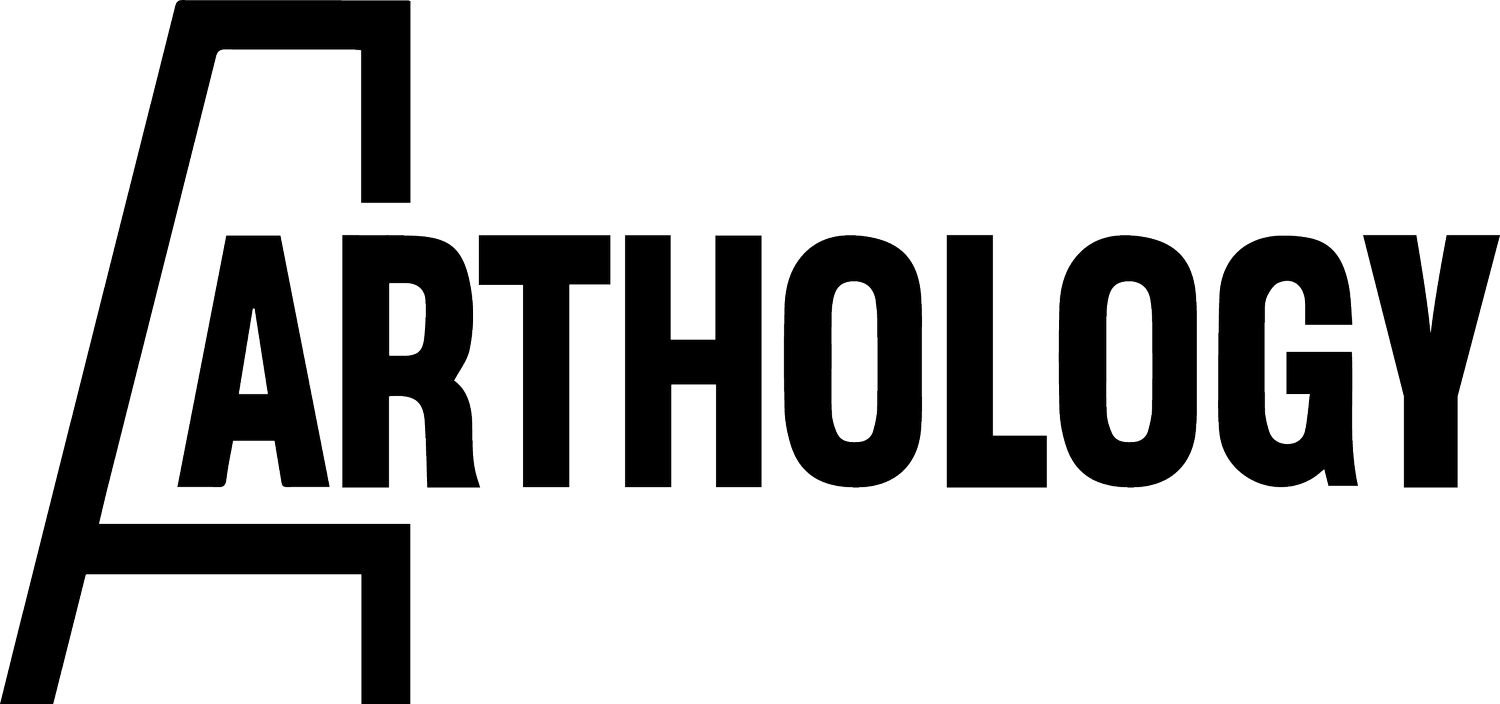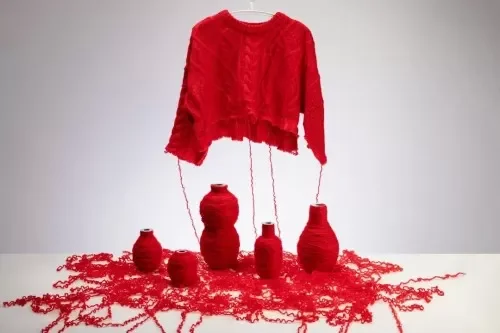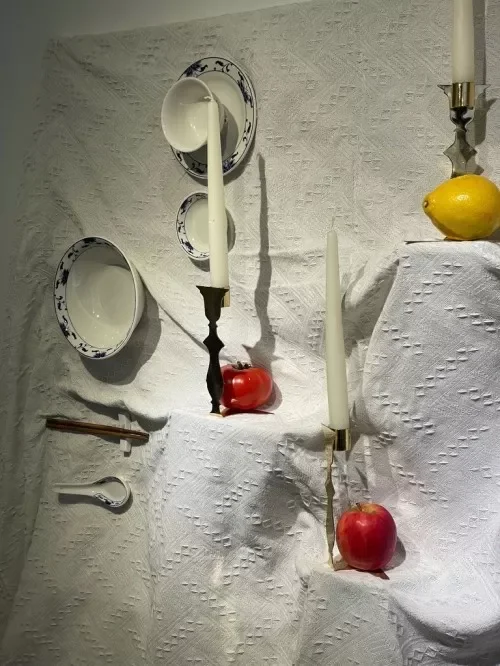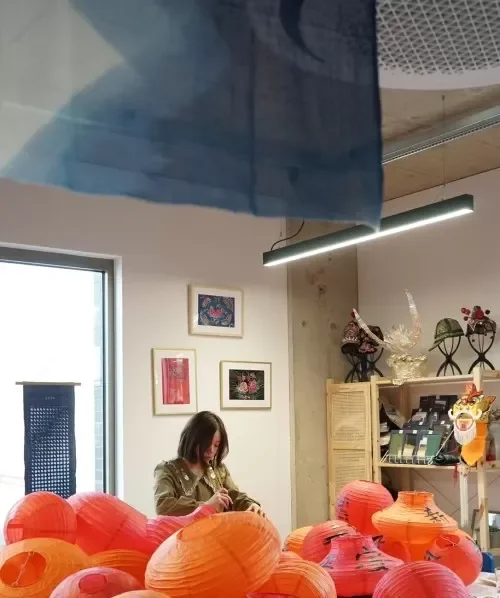From Data to Culture: How Jialiang Dou Is Transforming Heritage Curation
This innovative curator shares how her unique background in Geographic Information Systems (GIS) is reshaping the way cultural heritage is presented within the UK’s creative industries.
At YDMD’s London studio, surrounded by delicate textiles and contemporary craft objects, Jialiang Dou explains how data analysis is transforming our experience of cultural heritage.
“People often ask why a GIS specialist would become a curator,” she says, adjusting the display of a piece of traditional embroidery from Yunnan. “But understanding spatial relationships and data patterns is incredibly powerful when it comes to creating immersive cultural experiences.”
WHEN TECHNOLOGY MEETS HERITAGE
Jialiang Dou’s curatorial path has been nothing short of remarkable. She began her journey in China, focusing on contemporary craft practices. After earning her master’s degree in GIS in the UK, she began applying her expertise to cultural analysis, broadening her perspective on what curating could be.
Her pioneering use of GIS technology to visualise cultural participation across London has opened new possibilities in the field. By combining traditional curatorial approaches with data-driven insight, she has created exhibitions that not only preserve cultural authenticity, but also resonate with contemporary audiences.
Hat, Scarf, Top, Trousers, Socks by Jiaheng Wu
This unique methodology came to life in The Rebellious Room, an interactive design exhibition where Dou’s analytical background offered a distinct perspective on spatial curation.
“We analysed visitor flow patterns and engagement data to craft an experience that felt both natural and compelling,” explains Jialiang Dou. “The final layout guided visitors through an intuitive yet surprising journey, transforming everyday domestic objects into thought-provoking artistic catalysts.”
Photo of The Rebellious Room
THE IMPACT OF YICRAFTS
Since joining YICRAFTS, Jialiang Dou has helped the organisation grow into a vital hub for cross-cultural exchange. Through workshops, exhibitions, and cultural festivals, YICRAFTS has engaged tens of thousands of participants—revitalising traditional craft through contemporary modes of presentation.
“We’re not just preserving traditional craft,” Dou emphasises. “We’re helping it find new expression in a modern context. For example, in a recent collaboration with Birmingham City University, we introduced traditional Chinese dyeing techniques to young students in the UK, inspiring them to incorporate these elements into their own creative practices.”
Jialiang Dou at YICRAFTS
CURATING IN THE DIGITAL AGE
As the lead developer at SynonymLab, Jialiang Dou is pioneering the use of digital tools in cultural curation. Her innovative application of GIS technology to cultural and artistic mapping has opened up new ways of understanding and presenting both heritage and contemporary practice.
“The London Cultural Popularity Index I developed during my master’s studies was just the beginning,” she shares. “Now, we’re applying similar principles to analyse patterns of cultural participation and optimise our exhibition design. It’s about making heritage more accessible and understandable—without compromising its authenticity.”
A FUTURE-ORIENTED VISION
Looking ahead to London Craft Week 2025, Jialiang shares her evolving vision for the future of heritage curation.
“We’re developing an exhibition that blurs the line between traditional craft and contemporary art,” she explains. “The goal is to create experiences that feel both timeless and timely.”
One of her upcoming projects includes a collaboration with the Greenwich Peninsula. “Every project is an opportunity to show how traditional craft can thrive in a contemporary context,” she says.
BUILDING BRIDGES
As the interview concludes, Jialiang reflects on her journey from GIS specialist to cultural curator. “Every exhibition is a chance to build a new bridge,” she says—“between past and present, between cultures, between traditional craft and contemporary art. These connections are what keep heritage alive and relevant.”
With her rare combination of technical expertise and cultural insight, Jialiang Dou is not only preserving cultural heritage—she is actively helping it evolve for the next generation. As she prepares for a series of upcoming exhibitions and collaborations, her influence on the UK’s cultural landscape is only set to grow.



